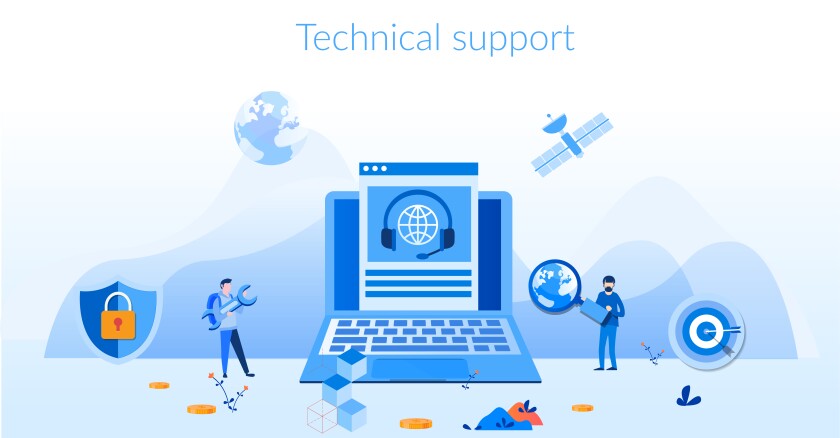REREAD THE MANUAL
Reread the user or owner manual. This isn’t bad advice for any device or product you own or use. It will make your life better, and more than improve your productivity and efficiency.
My observation: You will find out the device, or your car, can do things you weren’t aware of, and that you can do things more efficiently than you are doing them now. There are the “a-ha!” moments of “I wondered what the symbol was” or “I never went to that menu” or “I thought it could do that, but I had no idea how.” Trust me, it is almost like receiving a present or a new purchase when you start finding out all the “new” things you can do.
Another way to accomplish this result is to explore all of the menus of your devices. You will find settings and options you had only dreamed of, and you will wish you had done this much sooner. I just did this while I was making copies, and it enabled me to do something I’d never been able to do before. This is the simplest, fastest and cheapest professional development I know of.
LOOK
If you are having any sort of trouble with a product, take a deep breath and look calmly and carefully at the screen or device that is giving you trouble. Many times the answer is in front of you but you aren’t seeing it. If you are too frustrated, stop and do something else, then come back and just look.
I can’t tell you how many times I have done successful tech support and problem resolution by seeing something on the screen the user didn’t see or try. Exploring menus rarely if ever causes a problem, but very often it resolves issues beautifully. I’m sure you can recall times you were frustrated by something that ended up being very simple. This happened to me recently. I was signing up to volunteer and I had checked the boxes showing my availability. But I couldn’t go anywhere from there. Finally I noticed a small privacy waiver pop-up that I thought might be covering something important. Sure enough, it was just large enough to cover the “submit” button. I clicked the waiver button which exposed the submit button, and I was done. But it was very frustrating before I figured it out.
LOOK UP THE WORDS
Understand the words you are hearing and seeing. Often, confusion about the language being used can be the source of confusion or the problem being experienced.
While not the only one who ever said it, American author William Lewis Safire was right when he said, “When I need to know the meaning of a word, I look it up in a dictionary.”
But sometimes you might need a bit more. For example, visual dictionaries are much better at giving a “3D” understanding of a part of something and the context, how things fit and work together, et cetera. This leads to greater understanding. The Merriam WebsterVisual Dictionary Online is just one of many such references available, and there are both print and online resources available.
Focusing on technology and computer-related words and phrases, the founders of the very successful Tech Academy have created two books that I have found very useful. Their 2021 update of The Computers and Technology Basics Dictionary: Tech and Computers Simplified is a dictionary for anyone who wants to understand the words we hear every day. And their You Are Not Stupid: Computers and Technology Simplified is a great one-stop shop for getting the basics in simple language and an easy-to-understand format.
Of particular note is that the answers are provided in context and historical perspective. I found myself just paging through it and getting gaps in my knowledge filled in. For some reason, students think because they have heard and used a word, they fully understand it. But if we can gently help them understand the exact meaning of the word, their understanding of the overall topic will increase. This is often obvious to educators, but not all students learn how to look up words, how to find the right definition, and to use more than one dictionary to get the best definition for the word as it is being used.
USE THE INTERNET
For product-specific issues, company websites often provide great FAQs or support. User groups and a range of support sites are also often available. Try entering the problem or issue into your favorite search engine. Be as descriptive and specific as possible. It often takes tweaking the wording to get a useful answer, so be willing to state the question or problem in different ways. There are so many folks out there who want to help, they post answers to problems in a variety of ways, and many have created very useful videos.
FINAL NOTE
When providing any support or help to others, be patient and be kind. We’ve all been at the other end and needed help. A calm voice and a kind word goes a long way in making it possible to resolve and understand what is going on.
And don’t forget to do or automate backups where needed.
Hope this helps!















